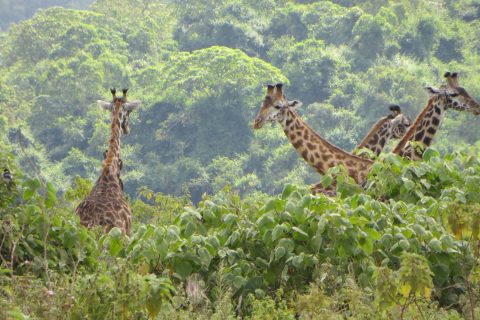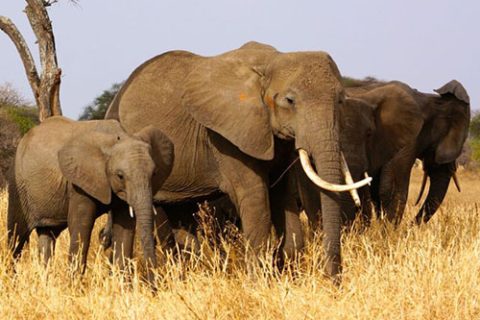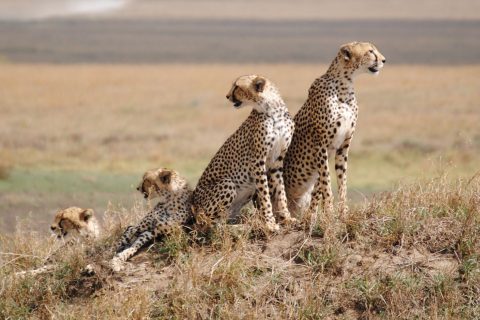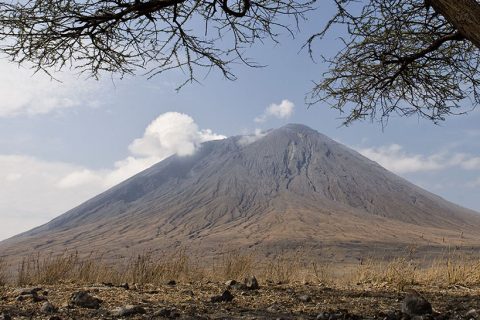Ngorongoro Conservation Area
Often called the eighth wonder of the natural world, the Ngorongoro Conservation Area is a breathtaking fusion of scenery, wildlife, and ancient culture. At its heart lies the Ngorongoro Crater, the world’s largest intact volcanic caldera — a self-contained Eden teeming with life.
This UNESCO World Heritage Site offers far more than a crater. It spans vast highland plains, forests, and archaeological sites. From sweeping views on the rim to close-up wildlife encounters on the crater floor, Ngorongoro promises an unforgettable safari experience unlike anywhere else in Africa.
Highlights of Ngorongoro Conservation Area
Ngorongoro Crater – A natural amphitheater home to over 25,000 animals including the Big Five.
High Elephant Density – Especially older tuskers wandering the crater floor and forests.
Black Rhinos – One of the best places in East Africa to see endangered black rhinos.
Stunning Scenery – From misty crater rims to vast grasslands below.
Olduvai Gorge – A famous paleoanthropological site often called the “Cradle of Mankind.”
Maasai Culture – Coexistence of wildlife and traditional Maasai villages within the conservation area.
Best Time to Visit Ngorongoro Conservation Area
June to October: The dry season offers the best wildlife viewing with animals easily spotted in the open grasslands.
December to February: A great time to witness calving season and lush landscapes; still excellent for game viewing.
March to May: Rainy season means fewer crowds and vibrant scenery, but crater roads may be muddy or more difficult to navigate.
The Ngorongoro Conservation Area is more than a safari destination — it’s a journey through geological history, cultural heritage, and one of the densest concentrations of wildlife in Africa. Whether you’re gazing over the crater’s edge or exploring its fertile plains, this place leaves a lasting impression on every traveler.





